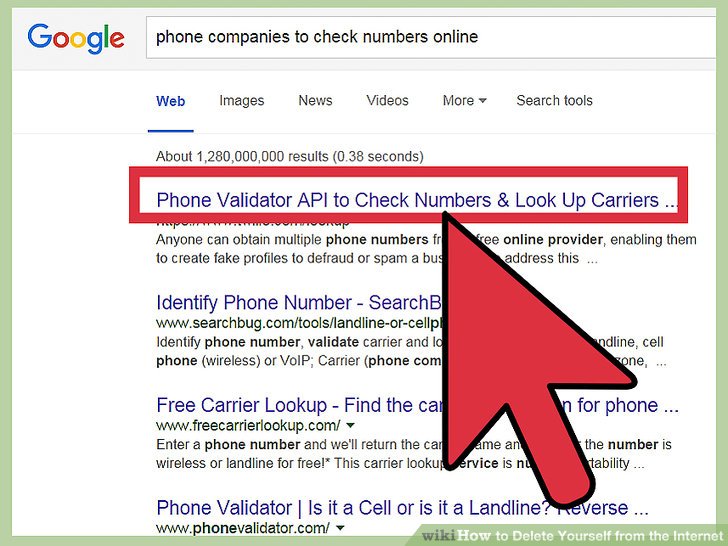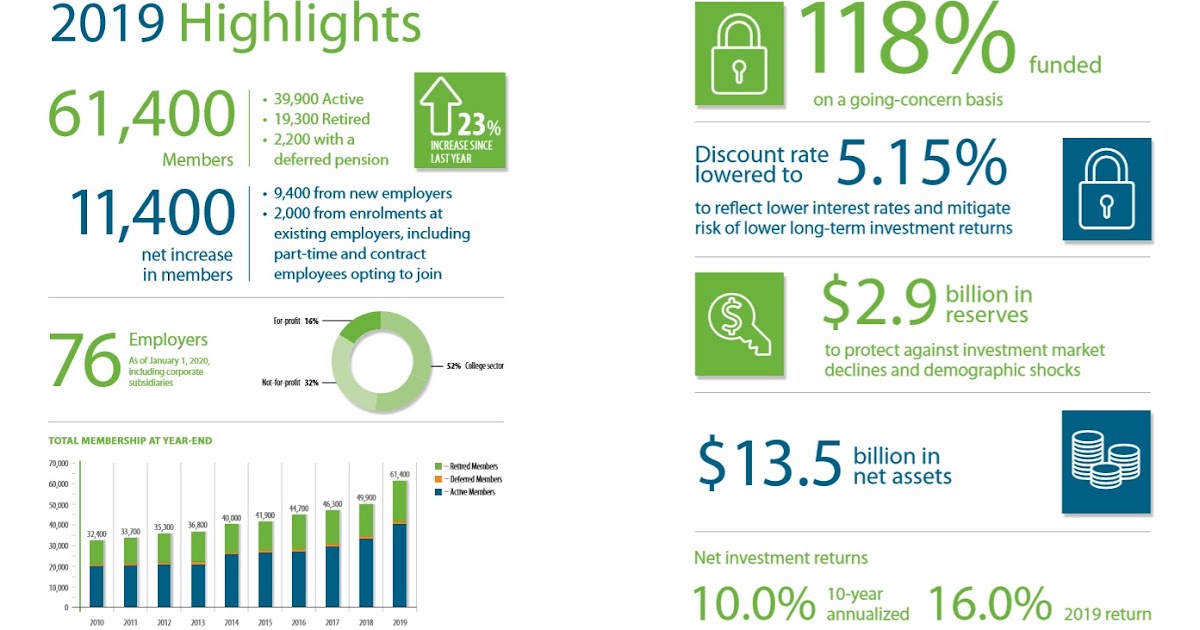Go Delete Yourself From The Internet: A Practical Guide

Table of Contents
Assessing Your Online Presence: Understanding What Needs Deleting
Before you start deleting, you need a clear picture of your digital footprint. This involves identifying everything online that's associated with you and prioritizing what needs to be removed.
Identifying Your Digital Footprint:
To truly understand your online presence, follow these steps:
- List all accounts and platforms: Make a comprehensive list of all your accounts – social media (Facebook, Twitter, Instagram, TikTok, etc.), online forums, online stores (Amazon, eBay, etc.), email accounts, subscription services, and any other online platforms where you have an account or have provided personal information.
- Use online search engines: Perform a thorough search on Google, Bing, and other search engines using your name, email address, and any other identifying information. See what information is publicly available. Note the sources of this information.
- Check your credit report: Access your credit report from the major credit bureaus (Experian, Equifax, and TransUnion) to check for any potential data breaches or unauthorized accounts.
- Evaluate the sensitivity of the information: Categorize the information you've found based on its sensitivity. Prioritize removing highly sensitive data like financial details, medical records, or personally identifiable information (PII).
Prioritizing Deletion:
Once you've identified your digital footprint, prioritize what to delete. Focus on the most sensitive information first:
- Personal financial details: Start with accounts containing banking information, credit card details, and investment accounts. These are high-value targets for identity theft.
- Potentially embarrassing or compromising content: Address anything that could potentially harm your reputation or put you at risk. This might include old social media posts, forum comments, or images.
- Long-term implications: Consider the long-term consequences of leaving certain information online. Will this information still be relevant or potentially harmful in five or ten years?
Deleting Your Accounts and Data: Practical Steps for Account Removal
Now comes the action part – actively deleting your online presence. This process can be time-consuming, but the payoff in increased privacy is significant.
Social Media Platforms (Facebook, Twitter, Instagram, etc.):
Each platform has its own process for deleting or deactivating accounts. Follow these steps:
- Find the settings: Look for options like "Delete Account," "Deactivate Account," or "Close Account."
- Download your data (optional): Most platforms allow you to download a copy of your data before deleting your account. This is a good idea if you want to keep copies of photos, posts, or messages.
- Understand the implications: Deleting accounts means losing access to connections, content, and any associated services.
Online Forums and Communities:
Removing yourself from online forums and communities can be more challenging:
- Check forum policies: Review the forum's rules and policies regarding account deletion.
- Request account deletion: Contact the forum administrators to request the deletion of your account and any associated content.
- Content posted by others: You may not be able to control content posted by others that mentions you.
Online Shopping Accounts and Websites:
Deleting shopping accounts involves managing both your account and stored information:
- Delete account: Follow the instructions provided by the online store to delete your account.
- Manage saved information: Remove saved payment information, shipping addresses, and other personal data.
- Review privacy settings: Check the store's privacy settings and preferences to ensure you're comfortable with their data handling practices.
Search Engine Removal: Strategies to Minimize Online Presence in Search Results
While you can't completely erase your digital footprint, you can minimize its visibility:
- Google's removal tools: Use Google's tools to request the removal of outdated or inaccurate information from search results.
- Limitations: Understand that search engine removal isn't guaranteed, and some information may remain visible.
- Contact websites directly: If information is on a website, contact the site owner to request its removal.
Protecting Your Future Online Privacy: Strategies for Maintaining Control
Deleting your past online presence is just the first step. Proactive measures are crucial for maintaining your privacy going forward.
Choosing Strong Passwords and Two-Factor Authentication:
- Strong passwords: Use unique, complex passwords for each online account.
- Two-factor authentication (2FA): Enable 2FA whenever possible for added security.
- Password managers: Consider using a reputable password manager to securely store and manage your passwords.
Utilizing Privacy-Focused Browsers and Extensions:
- Privacy-focused browsers: Consider using browsers like Brave or Firefox, which offer enhanced privacy features.
- Privacy extensions: Install browser extensions like uBlock Origin or Privacy Badger to block trackers and enhance your privacy.
- Review browser settings: Regularly review your browser's privacy settings to ensure they are optimized for privacy.
Regularly Reviewing Your Online Presence:
- Continuous monitoring: Regularly check your online accounts and information for any suspicious activity.
- Data breach alerts: Set up alerts to be notified of potential data breaches affecting your accounts.
- Regular reviews: Periodically review your online privacy settings and preferences to ensure they remain appropriate.
Conclusion: Reclaim Your Online Privacy Today
This guide has provided a practical framework for going delete yourself from the internet, significantly reducing your online presence and improving your privacy. By following these steps, you can regain control over your personal information and limit the potential risks associated with a large digital footprint. Remember, proactively managing your online presence is an ongoing process. Take the initiative today and begin to go delete yourself from the internet – your privacy is worth it! Start assessing your online footprint and reclaiming your digital privacy now.

Featured Posts
-
 Hegseths Allegation Leaks Designed To Harm Trumps Initiatives
Apr 23, 2025
Hegseths Allegation Leaks Designed To Harm Trumps Initiatives
Apr 23, 2025 -
 Tensions Geopolitiques L Augmentation Des Depenses Militaires Americaines Et Russes
Apr 23, 2025
Tensions Geopolitiques L Augmentation Des Depenses Militaires Americaines Et Russes
Apr 23, 2025 -
 Ramazan Imsakiyesi Uygulamalari Ve Online Kaynaklar Sahur Ve Iftar Saatlerini Oegrenin
Apr 23, 2025
Ramazan Imsakiyesi Uygulamalari Ve Online Kaynaklar Sahur Ve Iftar Saatlerini Oegrenin
Apr 23, 2025 -
 Yankees And Mets Face Challenges In Closer Acquisition Lupicas Analysis
Apr 23, 2025
Yankees And Mets Face Challenges In Closer Acquisition Lupicas Analysis
Apr 23, 2025 -
 Caat Pension Plan Seeks Increased Canadian Private Investment
Apr 23, 2025
Caat Pension Plan Seeks Increased Canadian Private Investment
Apr 23, 2025
